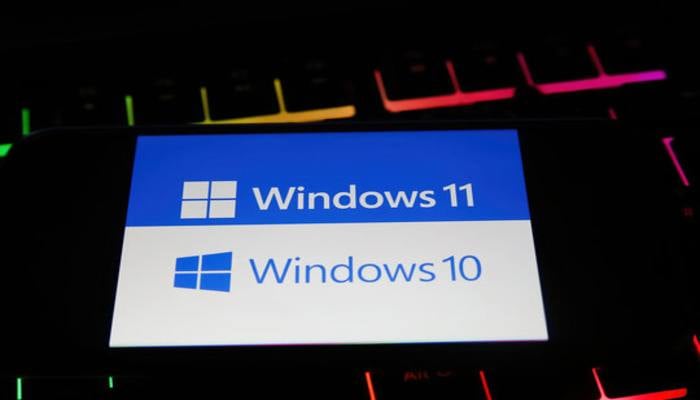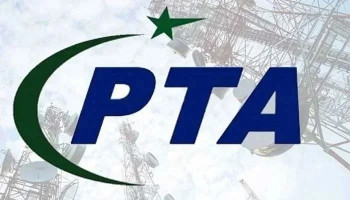
In a move risking 400 million Windows 10 users' data security, pushing them to seek viable alternatives, Microsoft has announced to end official support for Windows 10 on October 14, 2025.
Windows 10 is still a widely used version in schools, offices, and government departments across Pakistan.
Windows 10 support ending: These alternative options can save you
If you, being a Windows 10 user, will also stop receiving free security updates after this date, below are the alternatives you should consider.
To avoid letting Windows 10 support termination ruin fully functional PCs, many Windows 10 users are expected to install open-source alternatives like Linux or ChromeOS Flex, which can revitalise older hardware.
For those still using Windows 10, options that might serve as a saviour include enrolling in the ESU programme, upgrading to Windows 11 if compatible, or switching to alternative operating systems.
Only those enrolled in the Extended Security Updates (ESU) program will receive patches, and that, too, will come at a cost and for a limited time.
Recent data revealed that Windows 10 is still operational on 41% of PCs worldwide, equating to nearly 600 million computers.
Experts estimated that around 400 million of these cannot upgrade to Windows 11 thanks to strict hardware requirements, including the need for TPM 2.0 and newer processors.
The development also shows that many functional computers will no longer receive essential updates, leaving users vulnerable to cyberattacks and other forms of digital threats.
The situation is said to be particularly concerning in Pakistan, where many small businesses rely on older laptops. Cybersecurity experts warn that after updates stop being released, new vulnerabilities could be exploited by ransomware groups and hackers.
On the sidelines, the environmental side of this disconcerting development is that Microsoft’s policy could lead to millions of discarded yet functional devices.
















